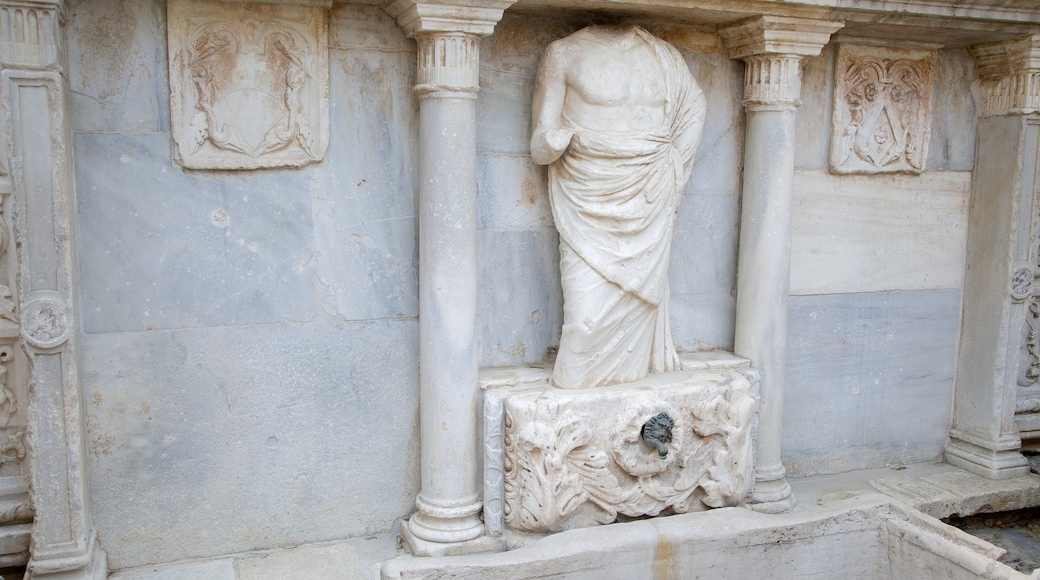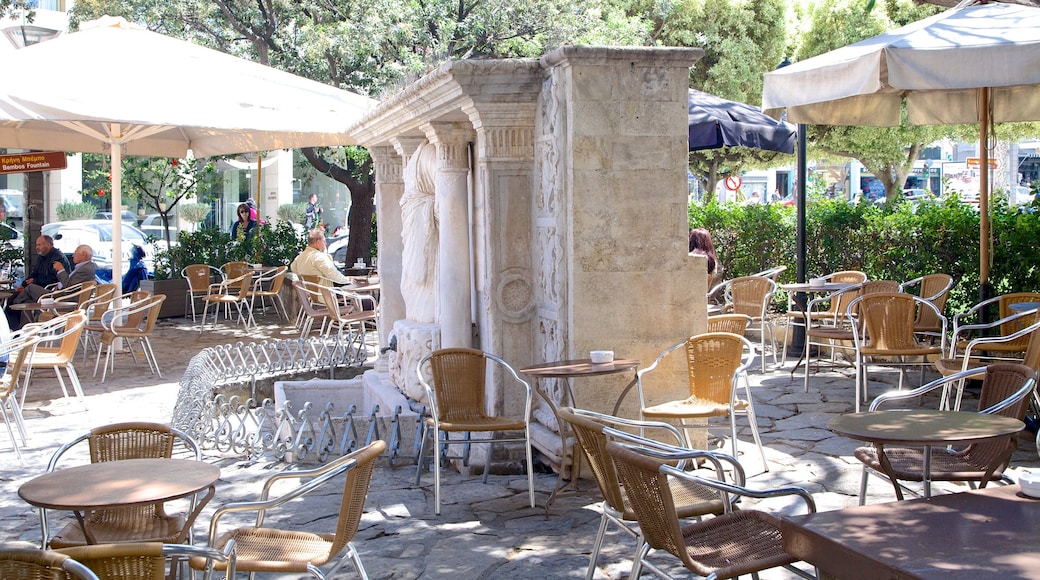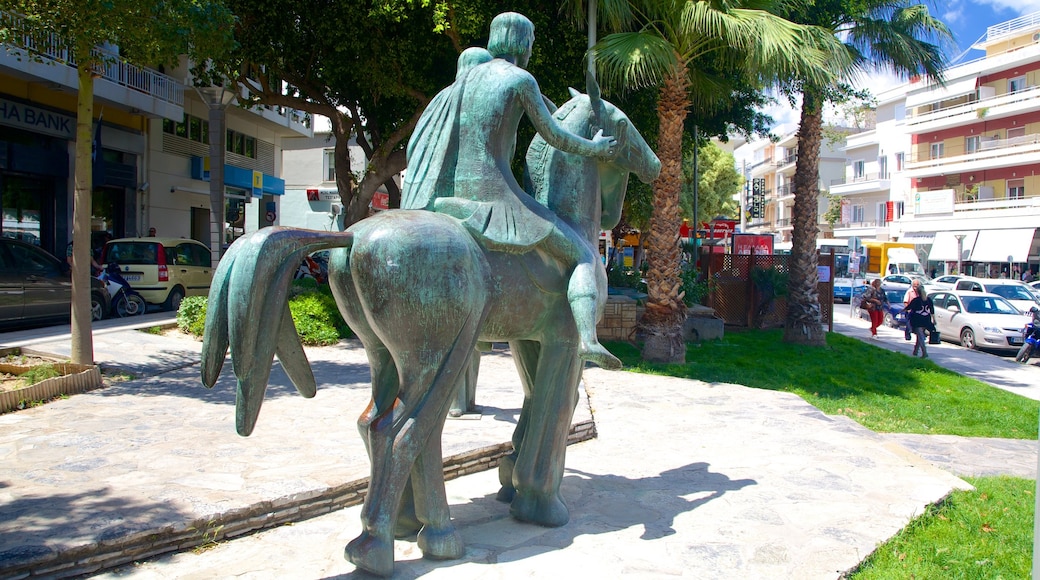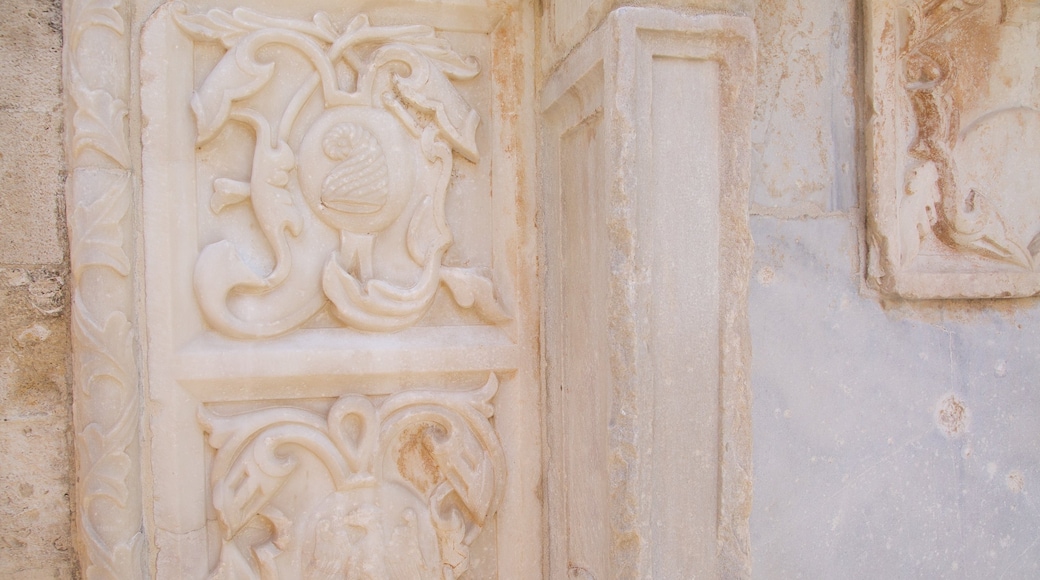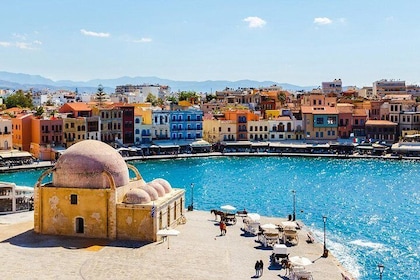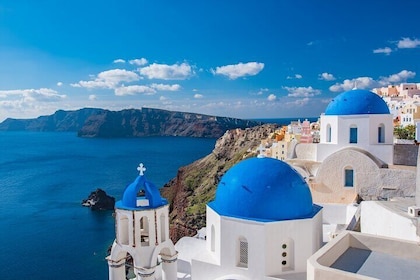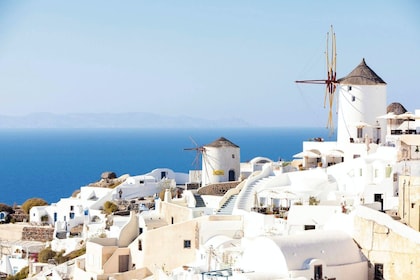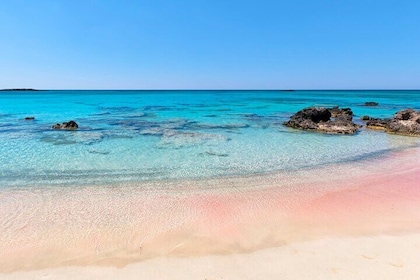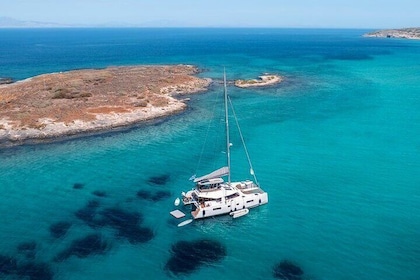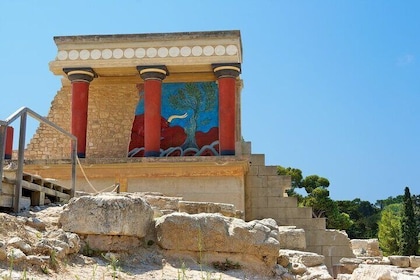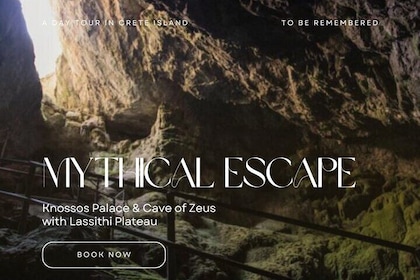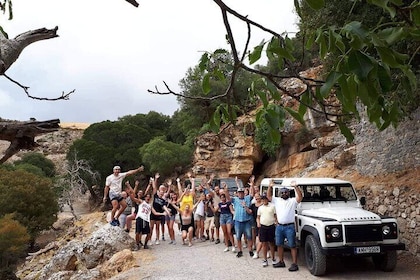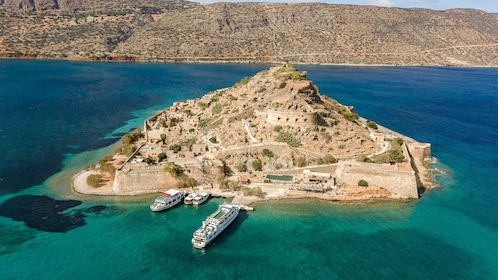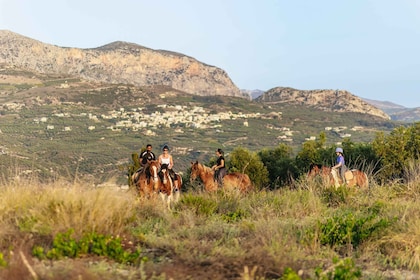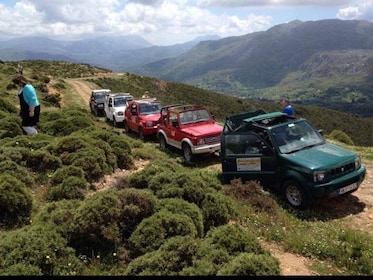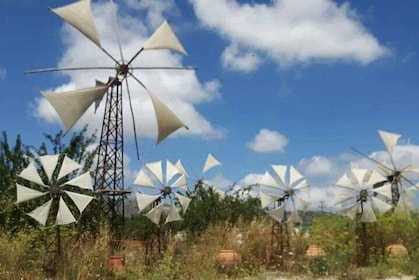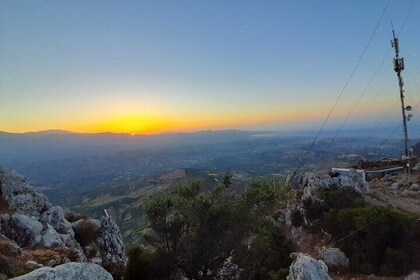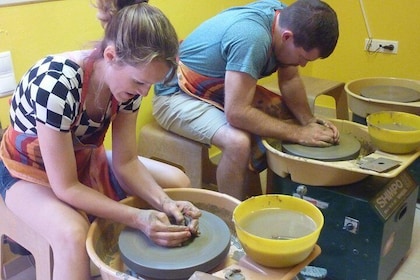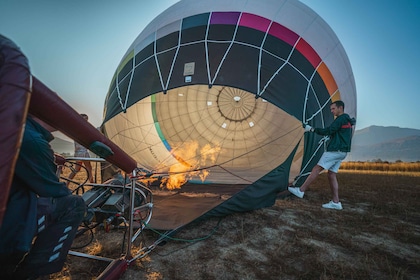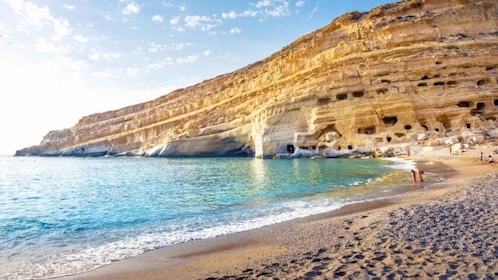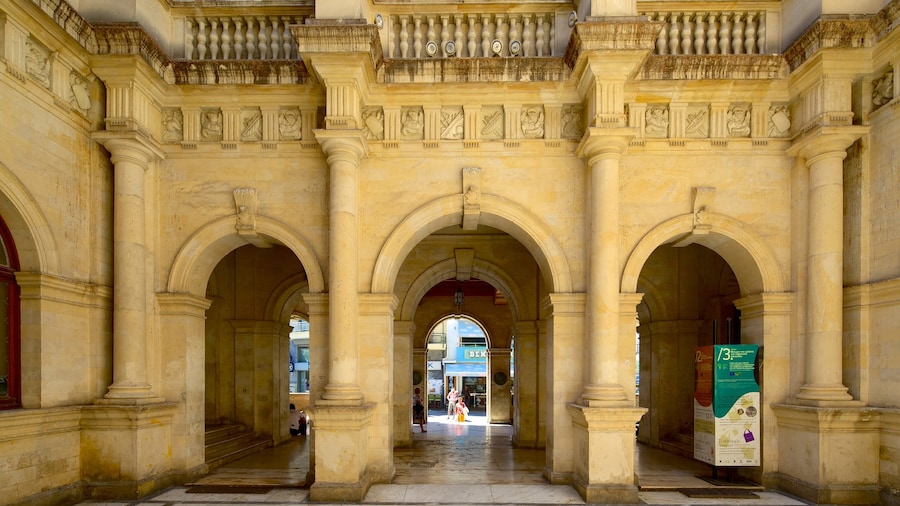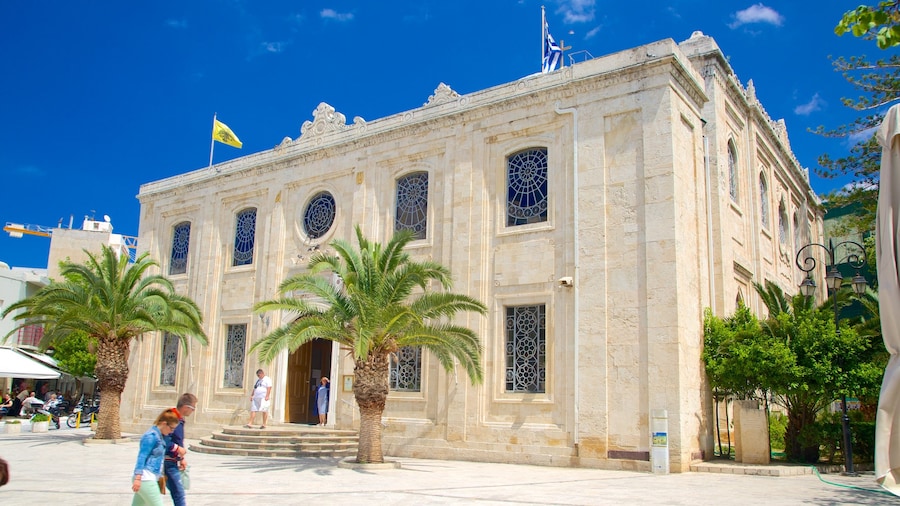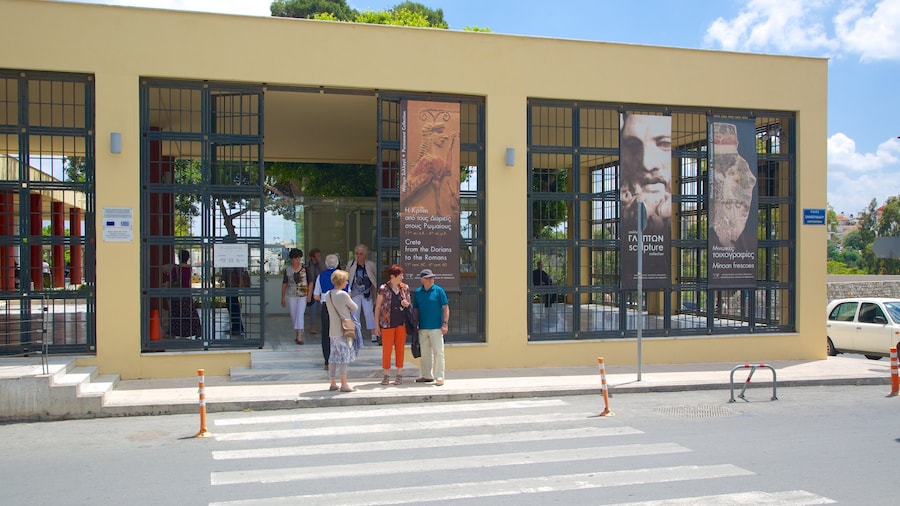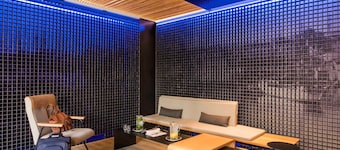Heraklion’s first running water was brought in to this old stone drinking fountain almost 500 years ago.
When running water was first brought to Heraklion, it changed life in the city forever. Visit the Bembo Fountain to see the ancient drinking fountain, now a fascinating historical site with remarkably lovely stonework.
The Bembo Fountain takes its name from Gianmatteo Bembo, the Venetian governor of Heraklion at the time of its construction. Bembo had the fountain built from 1552 to 1554 and had water transported to the fountain from Mount Yiouthas by use of an aqueduct. No doubt locals met the arrival of running water in their town with great excitement.
Take a moment to appreciate the Bembo Fountain’s stonework, which is in surprisingly good condition for a monument almost half a millennium old. Look closely for evidence of features of both Gothic and Renaissance styles, as well as the Venetian coats of arms that are so ubiquitous in Heraklion. Inside the spring itself you will see some elaborate decoration with a primarily floral theme.
In the middle of the fountain stands an unnamed Roman sentry, positioned behind the spring. Not only is he without a name, this poor fellow is without a head. History tells us that this statue was found near the southeastern town of Ierapetra and later incorporated into the design for the Bembo Fountain.
Next door to the fountain stands an old Turkish sebil, a public water fountain. The eminent Turk who paid for its construction ordered snow to be brought from Mount Psiloritis so that thirsty townspeople could drink cool mountain water through the summer. Now the sebil is a popular café, serving cool drinks, coffee and snacks in the most picturesque of settings.
The Bembo Fountain and the Turkish Sebil can be found in Plateia Kornarou, at the top of the market in Heraklion city.
